 After verifying which egg was the Brown-headed Cowbird's I returned today to remove it from the Blue Grosbeak's nest. The cowbird's egg, pictured here, has speckling on it, and lucky for me the grosbeak's eggs are pale blue/white, an easy distinction in this case. Cowbird nestlings typically out-compete their smaller nest mates for food. This species has increased it's numbers in North America thanks to forest clearing creating more edge for it to search out host nests. So wherever there are threatened species nesting, cowbirds are being actively trapped and nests monitored to remove these eggs.
After verifying which egg was the Brown-headed Cowbird's I returned today to remove it from the Blue Grosbeak's nest. The cowbird's egg, pictured here, has speckling on it, and lucky for me the grosbeak's eggs are pale blue/white, an easy distinction in this case. Cowbird nestlings typically out-compete their smaller nest mates for food. This species has increased it's numbers in North America thanks to forest clearing creating more edge for it to search out host nests. So wherever there are threatened species nesting, cowbirds are being actively trapped and nests monitored to remove these eggs. 
I started out this morning at the Bird Blind where I saw all the usual nesters, however, in the scrubby patch of land adjacent to the trail I heard a Bell's Vireo. Its song matched my recordings, very fast and bubbly like a House Wren. Later two Bell's Vireos came to the oak tree along the open edge of the bird blind. This is a new species for me in the park. It likes shrublands that include willows and streamsides.
I also verified that the Lark Sparrows are tending young in the nest. Viewing the nest from below, it is rather camouflaged to the human eye.

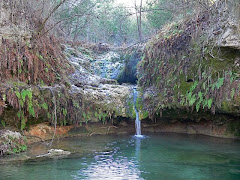
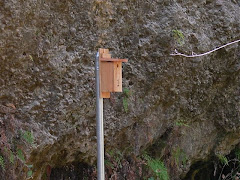
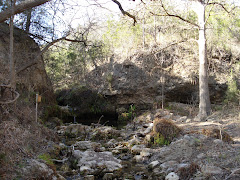
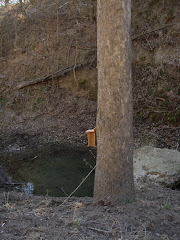
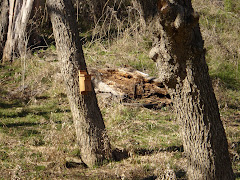




No comments:
Post a Comment